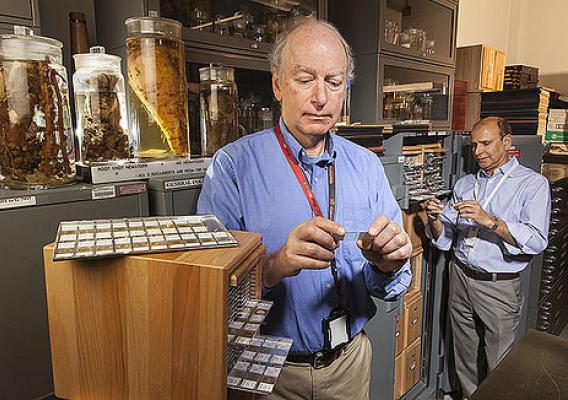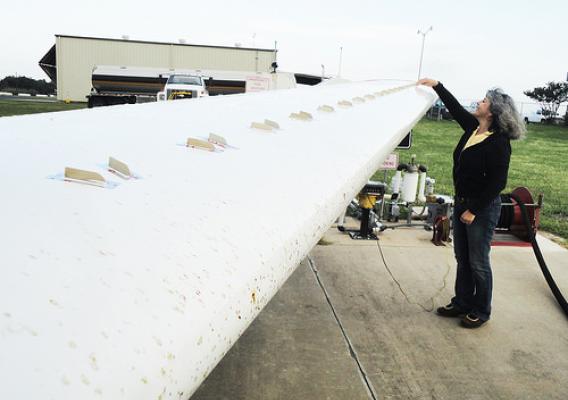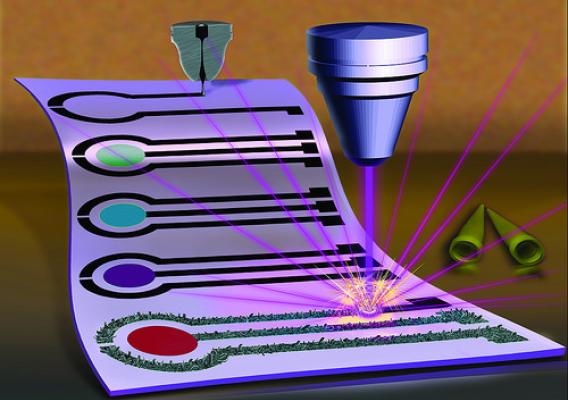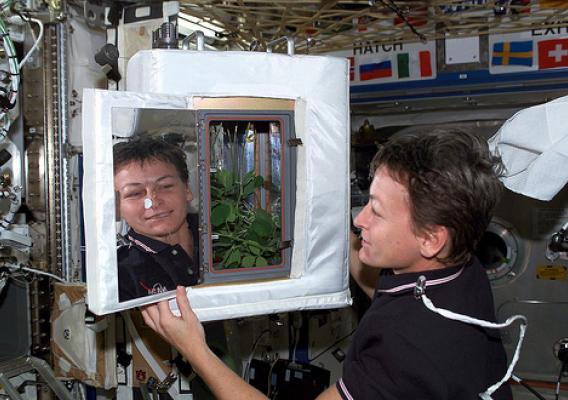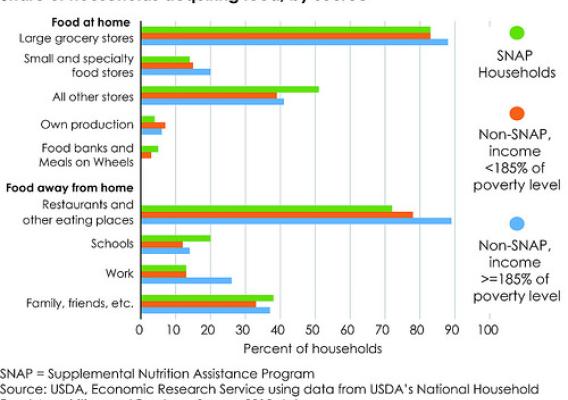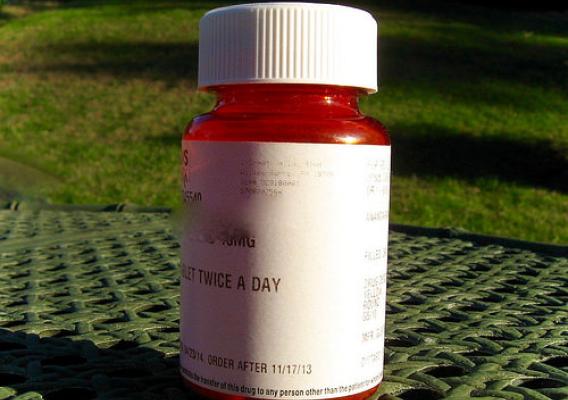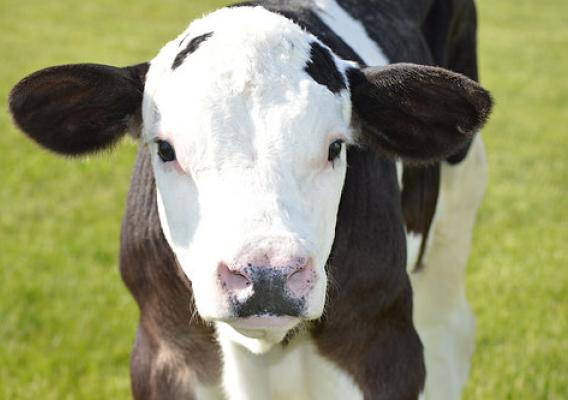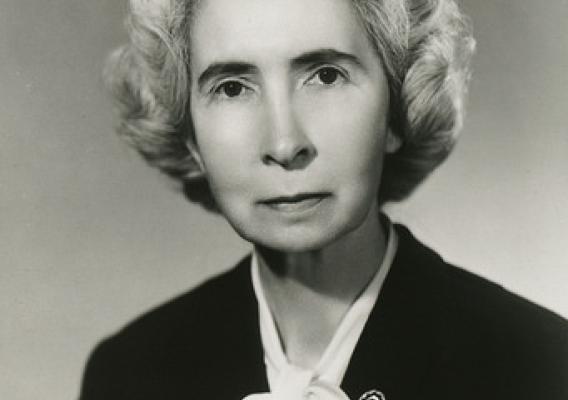Our charge in the food and agricultural sciences is to move from evolutionary discoveries, which contribute to marginal changes over long periods of time, to revolutionary thinking to deal with ‘wicked’ problems by deploying transdisciplinary approaches that solve complex societal challenges. Similar to how the Internet-driven disruptive technologies have transformed America and the rest of the world, advances in data science, information science, biotechnology and nanotechnology can transform agriculture and our capacity to address societal challenges.
Advances in the field of genomics have helped breeders produce desirable varieties of crops and livestock and overcome challenges that had previously been undertaken via conventional breeding. For example, in the dairy industry, most cattle are mechanically or chemically dehorned early in life to protect against injury to other cattle and their handlers. To eliminate this bloody and painful process, a team of NIFA-funded researchers at Recombinetics have successfully used gene editing to introduce the hornless gene into the cells of horned bulls. While the majority of hornless cattle generated via conventional breeding produce low quality milk, gene editing offers a simple and rapid solution of generating hornless cattle that produce high quality milk.

